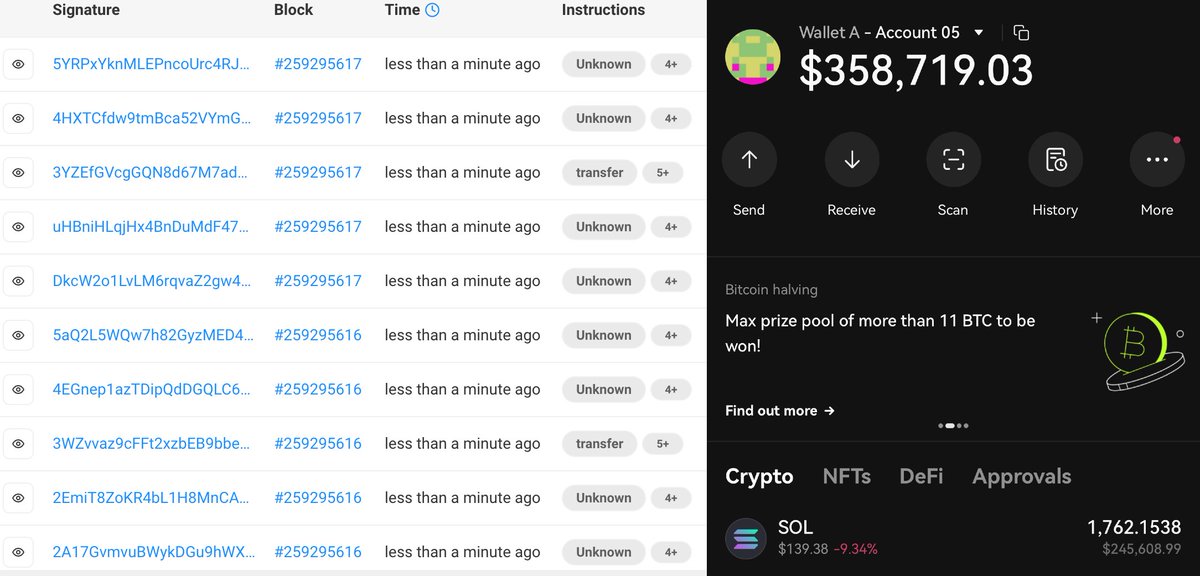
How to get URL link on X (Twitter) App


 We saw a few high-profit sandwiches on Thursday at midnight. This is uncommon because the profit for most sandwiches today is less than $1.
We saw a few high-profit sandwiches on Thursday at midnight. This is uncommon because the profit for most sandwiches today is less than $1. 

 Vulnerabilities: AllianceBlock upgraded one of its staking contracts to accept new tokens due to the Bonq DAO hack two years ago. Two storage variables were deleted in the new implementation, making the storage slot `initialized` (originally at 0x12, with value 1) aliased with a slot (0xf) holding an address. The value of `initialized` is important because it indicates whether the contract has been initialized. The contract is supposed to be only initialized once.
Vulnerabilities: AllianceBlock upgraded one of its staking contracts to accept new tokens due to the Bonq DAO hack two years ago. Two storage variables were deleted in the new implementation, making the storage slot `initialized` (originally at 0x12, with value 1) aliased with a slot (0xf) holding an address. The value of `initialized` is important because it indicates whether the contract has been initialized. The contract is supposed to be only initialized once. 

 @bloXrouteLabs @jito_sol [2/8] WTF is $ORE
@bloXrouteLabs @jito_sol [2/8] WTF is $ORE

https://twitter.com/rabbit_2333/status/1734185386795205086
https://twitter.com/dragonfly_xyz/status/1655366504626438144And kudos to @publicqi for solving even faster than the fuzzer and using less gas

 @GoplusSecurity @Token_Sniffer So, what's going on?
@GoplusSecurity @Token_Sniffer So, what's going on?